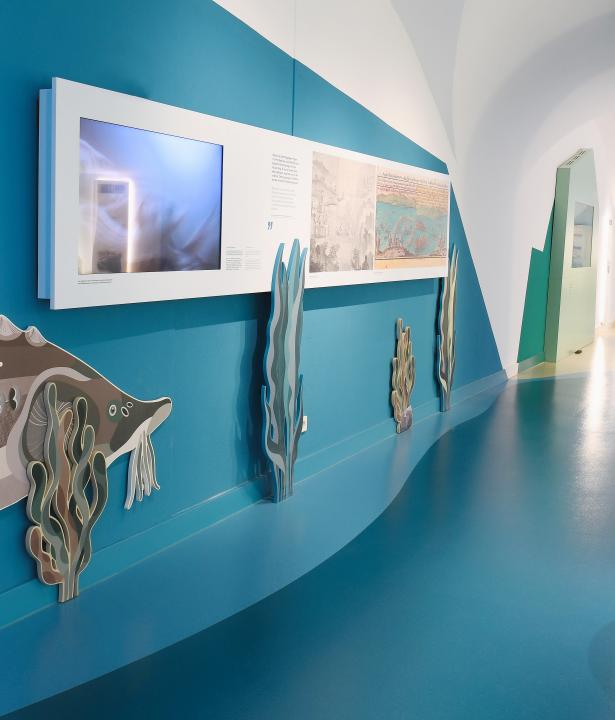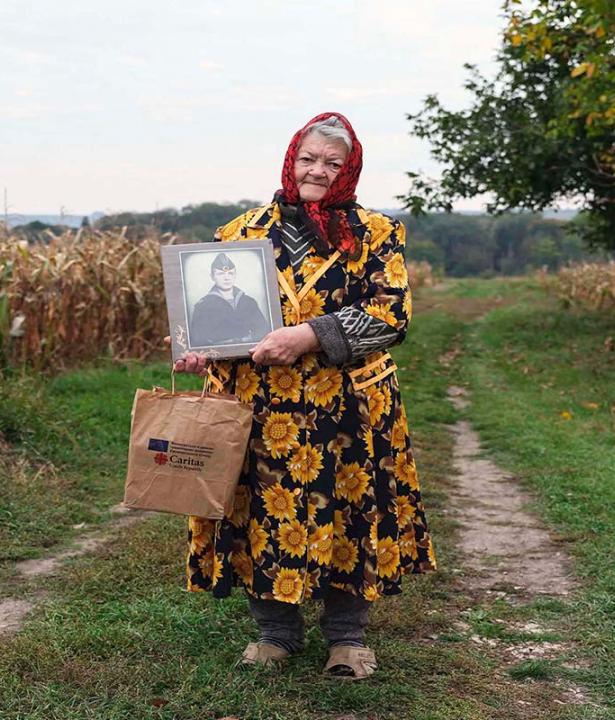The Kingdom of Hungary (Magyar Királyság) existed in changing borders since the year 1000. Already in the early modern period it fell to the Habsburg Monarchy, in which it later became the most important of the so-called Lands of the Hungarian Crown (also Lands of the Holy Hungarian Crown of St. Stephen or, after 1867, also called the Hungarian half of the Empire). Unlike other Habsburg territories - such as the lands of the Bohemian Crown or the Archduchy of Austria itself - the Kingdom of Hungary never belonged to the Holy Roman Empire.
The Danube begins at the confluence of the Breg and Brigach rivers, whose springs are both located in the central Black Forest . It is 2857 km long and today flows through Germany, Austria, Slovakia, Hungary, Croatia, Serbia, Bulgaria, Romania, Republic of Moldova and Ukraine. Before it flows into the Black Sea, it fans out to form the Danube Delta, which is now an ecological reserve.
"How happy is the German man, who can speak with Hungarians in their own tongue." This observation from a German textbook from the year 1805 surely expressed exactly what the German immigrants themselves felt. Indeed, despite all the linguistic barriers, Germans, Hungarians, Romanians, Serbians, Croatians, and others succeeded in living peacefully alongside each other. It was only in the late 19th century that emerging nationalism brought about discord.
The exhibition "Danube Swabians. Departures and encounters" offers a journey of discovery into the settlement areas of the Danube Swabians in Southeastern Europe. 13 exhibition spaces across an area of 950 square meters show the eventful life of the Danube Swabians from the 17th century up to the present. Original exhibits, historical documents and several hundred photographs document the culture and everyday life of the Germans in these multiethnic settlement areas. They tell of the life in the villages and cities, of agricultural and industrial labor, of housing and clothing, the education system and religion. In all these areas the cultural diversity of Southeast Europe is reflected.
In the 20th century, excessive nationalism drove a wedge between neighbours who had, until then, lived together peacefully for centuries. After World War One the national affiliation of many Danube Swabians changed due to the emergence of new states. National Socialism and the Second World War started by Germany also had an impact on the Germans in Southeast Europe. At the end of the war many Danube Swabians were forced to flee or suffered internment, deportation and forced displacement. Survivors had to rebuild their lives in Germany and other Western countries. Those who stayed behind adapted to life under the communist dictatorships. The exhibition ends with a section that looks at the descendants of the Danube Swabians, who today live all over the world and approach their family history in different ways.
In addition, visitors can borrow a media guide to the exhibition. This features short videos in which Danube Swabians from different times and countries talk about their experiences and hopes for the future. Interviews, animations, photographs and other historical documents also provide in-depth information on individual exhibits.






